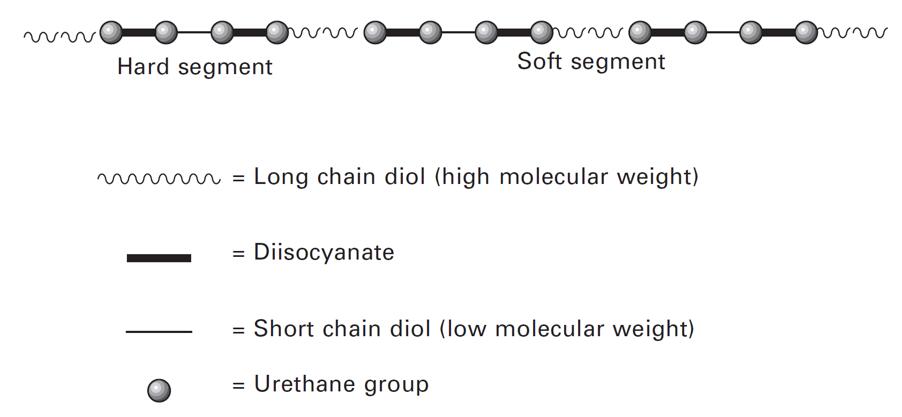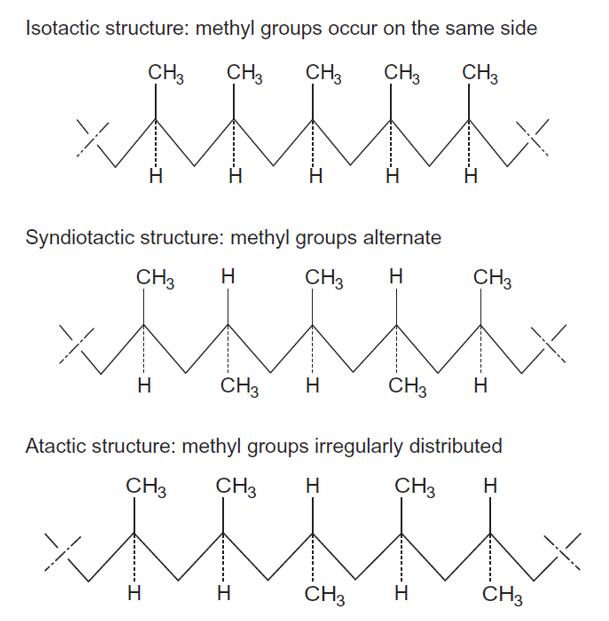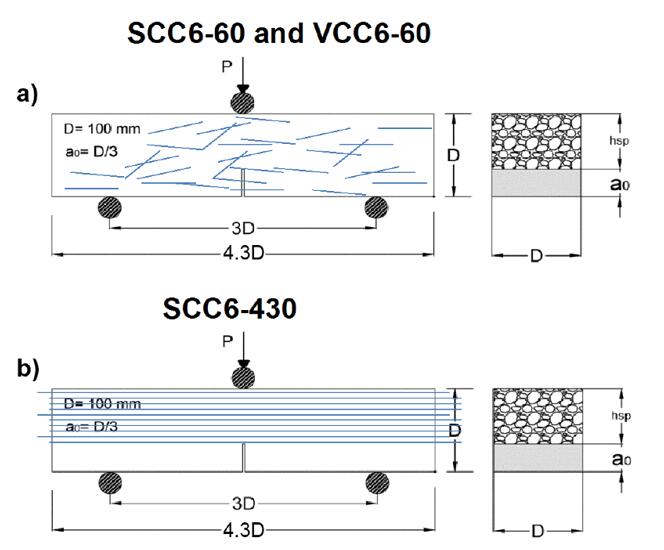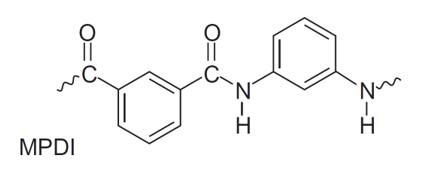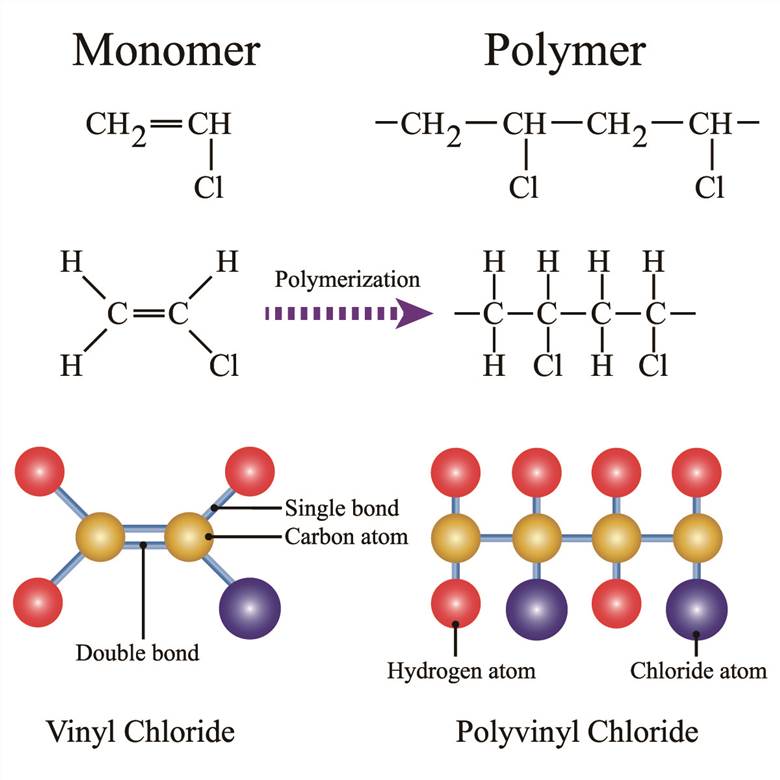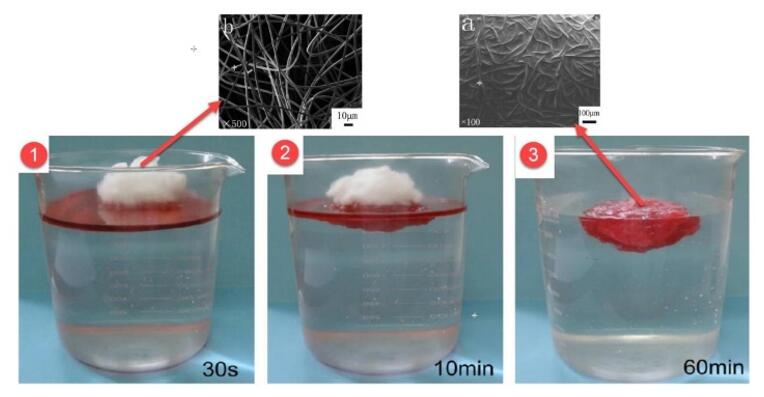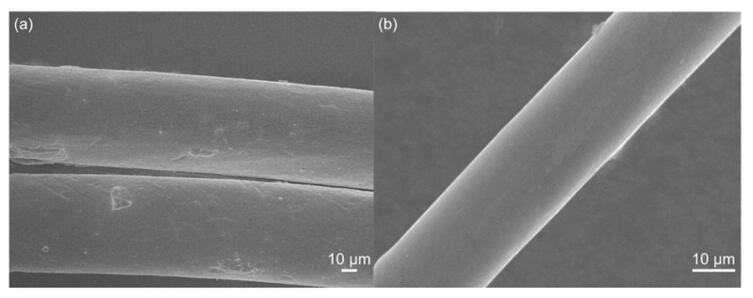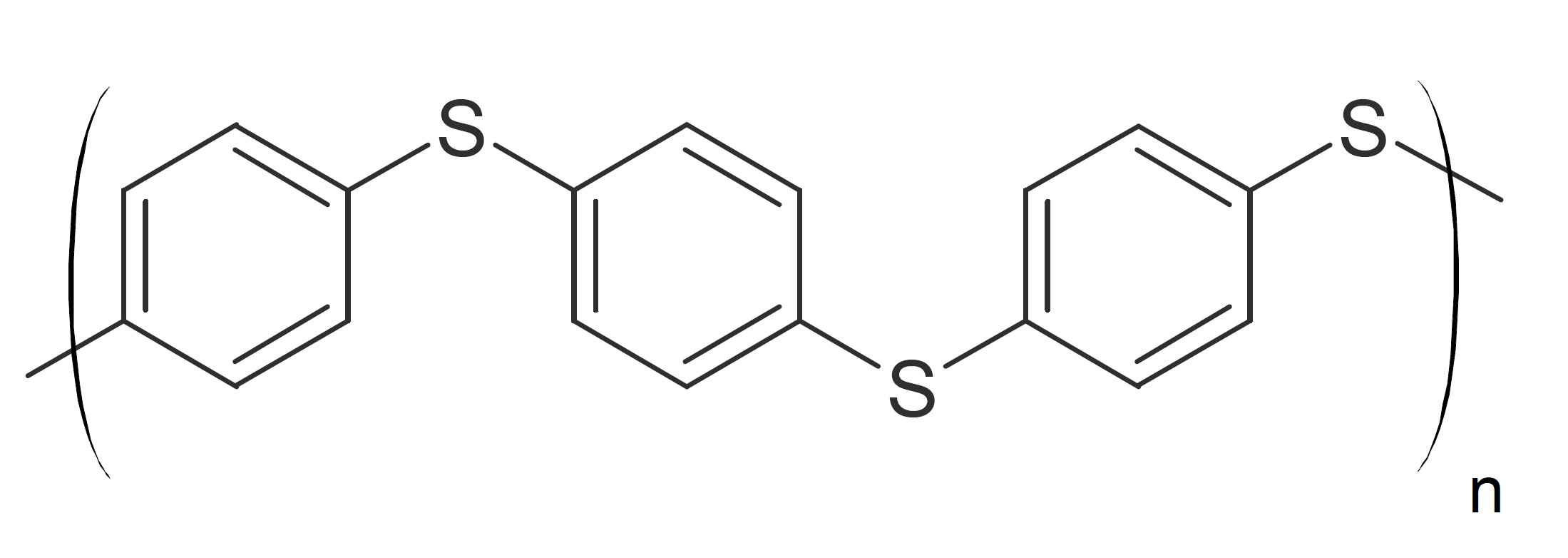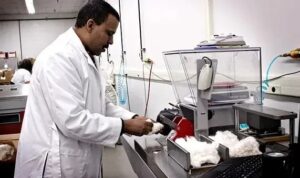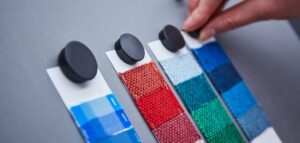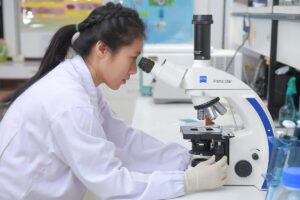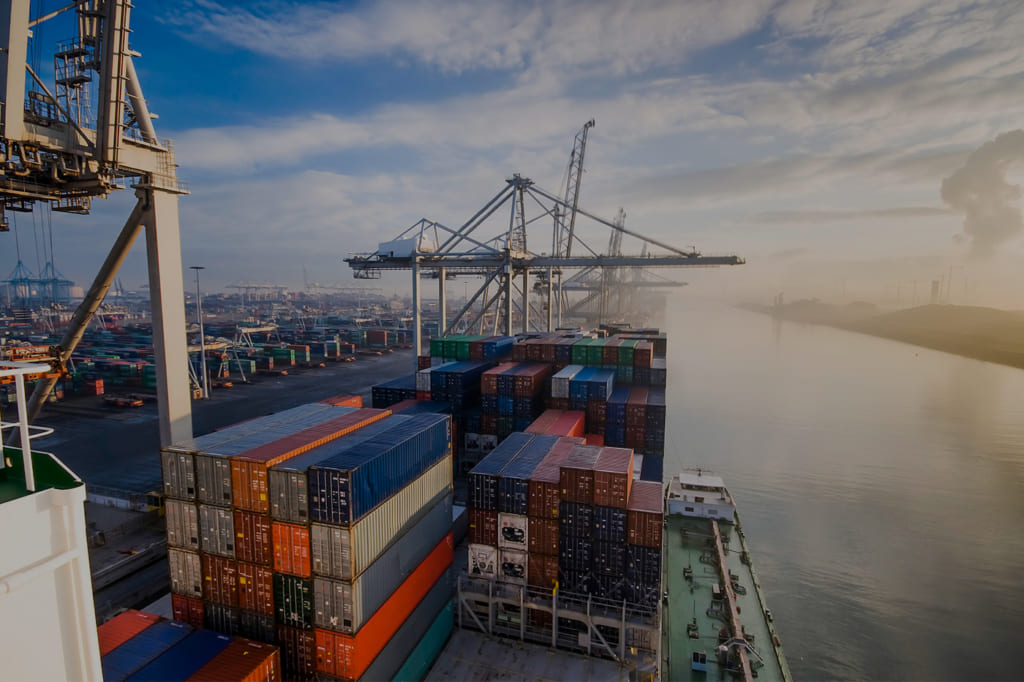Polyurethane (PU) fiber
- High elongation (500% ~ 700%)
- Low elastic modulus (200% elongation, 0.04 ~ 0.12 g/denier)
- High elastic recovery rate (200% elongation, 95% to 99%)
- Lower breaking strength (polyether type is stronger than polyester type)
- Excellent chemical stability
- Good thermal stability
- Good acid and alkali resistance
- Good wear resistance
- Low moisture absorption range (generally 0.3-1.2%)
- Not resistant to chlorine bleach
Chemical Structure
PU fibers are alternately composed of flexible long segments (soft segments) and rigid short segments (rigid segments). The soft segment is a low molecular weight polyester or polyether segment without crystallinity, which is easily deformed under the action of stress, so that the obtained fiber can be stretched and deformed. The rigid segment is an aromatic diisocyanate segment that is crystalline and can generate lateral cross-linking, does not deform under stress, can prevent lateral slip, and make the obtained fiber have sufficient resilience. The content of soft segment in the segment structure of PU fiber is generally not less than 80% to 85%. According to the composition of the soft segment, they can be divided into polyester type and polyether type. The polyester type is obtained from block copolymers of aromatic diisocyanates and hydroxyl-containing polyester segments. The polyether type is obtained from block copolymers of aromatic diisocyanates and polyether segments containing hydroxyl groups.
Schematic diagram of hard segment and soft segment of PU structure [1]
Preparation Method
Spinning methods of PU elastic fibers include solution dry spinning, solution wet spinning, melt extrusion, and reaction spinning. The first step of these four methods involves the chemical reaction of monomers to produce prepolymers. The resulting prepolymer is further reacted in various ways and subsequently drawn to produce long fibers. Among them, solution dry spinning is a relatively mature method for preparing PU fibers in the industry. The technology has become mature, can be continuously produced, has high efficiency, good product performance and is widely used.
Applications
PU elastic fibers are generally not used alone because of their special elasticity, but are incorporated into fabrics in a small amount. Depending on the actual use, the product form is also different, including bare yarn, core yarn, covered or twisted yarn and other types.
In the field of chemical research, polyurethane fibers also have many functionalization applications. For example, Guan-Jun Zhu et al. developed a flexible strain sensor based on PU fibers. In this work, the researchers integrated silver nanowires (AgNWs) into PU fibers and formed a fully conductive network. The obtained PU/AgNW fibers can be used as wearable devices to detect various human movements and drive light-emitting diodes at a lower voltage (2.7 V). [2]
Polyacrylonitrile Fiber
Polyacrylonitrile (PAN) fiber, also known as acrylic fiber, is a fiber spun from a copolymer of acrylonitrile and other second and third monomers. In addition, PAN fiber is also an important raw material for carbon fiber formation
Structure
Acrylic fibers are spun from polymers made from monomers that contain at least 85% acrylonitrile in the chain. Due to the presence of polar acrylonitrile groups, the unique tensile properties and many physical properties of acrylic fibers originate from the strong interactions between the chains. However, interactions between adjacent nitrile groups on the same chain can cause some repulsion to occur. The molecular chain conception model of PAN was proposed by Hinrici Olive and Olive in 1979, as shown in the figure below. As for PAN fibers, the debate on the existence of two-phase morphology in acrylic copolymers continues. During coagulation, the long period lengths of the nascent coagulated fibers were found to be 56.1 nm (meridional) and 35.6 nm (equatorial). As solidification progresses, the long period decreases with increasing crystallinity. [1]
Performance
Acrylic and modacrylic fibers are primarily sold as tow and staple fiber products with fiber linear densities typically between 0.84 and 17 dtex. Typical values for some physical properties are given in the table. Tensile strength is much lower than polyester and polyamide fibers, but similar to cotton, higher than wool. Acrylic fibers have high electrical resistance, moderate flammability, and excellent resistance to sunlight, chemical and microbial attack. Due to the polarity, the fibers have reasonable moisture regain values of 2% to 3%. The presence of water gives the fibers a relatively low Tg value of about 70 °C.
| Property | Acrylic | Property | Acrylic |
|---|---|---|---|
| Specific gravity | 1.14-1.19 | Elastic recovery (%) | |
| Tenacity (N/tex) | 2% | 99 | |
| Dry | 0.09-0.33 | Electrical resistance | High |
| Wet | 0.14-0.24 | Static build-up | Moderate |
| Loop/knot tenacity | 0.09-0.3 | Flammability | Moderate |
| Breaking elongation (%) | Limiting oxygen index | 0.18 | |
| Dry | 25-45 | Char/melt | Melts |
| Wet | 29-61 | Resistance to sun light | Excellent |
| Initial modulus (N/tex) | Resistance to chemical attack | Excellent | |
| Dry | 3.5-4.9 | Abrasion resistance | Moderate |
| Wet | 3.1-4.9 | Index of birefringence | 0.1 |
| Moisture regain (%) | 1.5-2.5 | ||
Research Information
PAN fibers, especially PAN-based nanofibers, are also often functionalized in chemical research for various applications. For example, Qian Yang et al. modified PNA fibers with polydopamine and silver nanoparticles to develop functionalized PNA fibers with excellent adsorption properties and durable antibacterial activity. In this work, the antibacterial rate of functionalized PAN fibers can be maintained above 90% after 5 washing cycles, and can be used to remove various metal ions. [2]
Polyolefin fibers
Polyolefin fibers refer to synthetic fibers composed of linear macromolecules polymerized from olefins.
Chemical Components
Polyolefin fibers are synthetic fibers made from at least 85 wt% polyolefin. These polyolefin raw materials mainly include polyethylene (PE) and polypropylene (PP), which are two main types for polyolefin fibers. Other polyolefin fibers which have been explored include poly(1-butene), Poly(methyl-1-butene), and poly(4-methyl-1-pentene) fibers. The monomers and equivalent repeat units of several developed polymers for polyolefin fibers are summarized below.
| Polymer | Alkene monomer | Polyolefin repeat unit |
|---|---|---|
| Poly(ethylene) | CH2═CH2 | [— CH2CH2 —] |
| Poly(propylene) | CH2═CH (—CH3) | [—CH2CH (—CH3) —] |
| Poly(4-methylpent-1-ene) | ||
| Poly(1-butene) | ||
| Poly(methyl-1-butene) | ||
| Poly(4-methyl-1-pentene) | ||
| Poly(3-methyl-1-butene) |
In addition, fibers can be prepared from copolymeric polyolefins, such as ethene propene, ethene octene and even ethene propene butene copolymers. It has been reported that random copolymers of propylene and 0.8 wt% ethylene can produce fibers suitable for the manufacture of spun bonded nonwoven fabrics. [1]
Structure
Ethylene, CH2=CH2, is perfectly symmetrical about the double bond, so the unbranched polyethylene polymer chain backbone should be perfectly symmetrical. The generally accepted chemical structure of PE is a long saturated carbon chain of methylene (-CH2-) groups. In practice, varying degrees of long or short chain branching can and does occur, thus giving rise to low density PE (LDPE) and high density PE (HDPE).
Unlike ethylene, the propylene molecule CH2=CH(-CH2) is asymmetric, so theoretically three possible geometries can be given during dimerization, which include head to tail addition, head to head addition, and tail to tail addition. Since each repeat unit in the PP chain has a chiral or asymmetric tertiary carbon C*, the stereochemical structures of PP are divided into isotactic, syndiotactic and atactic. [2]
Properties
Polyolefin fiber is a kind of light-weight fiber with high strength, good wear resistance, excellent resilience, strong hydrophobicity (moisture regain is only 0.1%), strong resistance to sunlight, weather resistance and excellent wicking effect (when the fiber fineness reaches a certain level).
Polyolefins generally exhibit good chemical resistance. They are resistant to chemical attack by alkalis, inorganic acids and most organic liquids. However, polyolefins are prone to oxidation, which causes polyolefin fibers to swell or even dissolve with certain organic liquids, especially at high temperatures.
Applications
Polyolefin fibers have long provided good cost-effectiveness in the textile field, mostly used in consumer products such as carpets, sanitary nonwovens, filter cloths and ropes.
In addition, many researches have also explored the effect of polyolefin fibers as reinforcements on the properties of concrete. For example, Alejandro Enfedaque et al. investigated the effect of the orientation and distribution of polyolefin fibers on the fracture behavior of concrete. [3]
Aromatic Polyamide Fiber
Aromatic polyamide fibers, also known as aramid fibers, are heat-resistant and high-strength synthetic fibers.
Categories
- Para-aramid fiber
Para-aramid fibers have a unique combination of toughness, ultra-high tenacity, modulus and excellent thermal stability. They are fibers spun from poly(p-phenylene terephthalamide) (PPTA) with the following chemical structure.
- Meta-aramid fiber
Meta-aramid fibers have excellent heat resistance, good textile-like properties and properties, but poor mechanical properties of high-performance fibers. They are fibers spun from poly-(m-phenylene isophthalamide) (MPDI) with the following chemical structure.
Features
Aramid fibers have the following unique characteristics, which are due to their rigid polymer molecular structure with strong crystal orientation and tight interactions between polymer chains due to hydrogen bonding.
- High specific strength
- High specific modulus
- Low density
- Good wear resistance
- Good resistance to organic solvents
- No melting point
- Low flammability
- Anti-aging property
- Good insulation
Comparison Of Several High-Performance Fibers
| Materials | Strength to weight (KN.m/kg) | Ultimate Strength (MPa) | Density (g/cm3) |
|---|---|---|---|
| Aramid fiber | 2514 | 2757 | 1.44 |
| Carbon Fiber | 2457 | 4137 | 1.75 |
| E Glass Fiber | 1307 | 3450 | 2.57 |
| S Glass Fiber | 1906 | 4710 | 2.47 |
| Nylon | 69 | 75 | 1.15 |
Aramid Fiber Composites
Aramid fiber has excellent comprehensive properties and is widely used in the reinforcement of composite materials. Aramid fiber composites have the advantages of high impact and crack resistance, low density/low weight, abrasion resistance, and low dielectric constant of about 3.85 (10 GHz). For example, the impact resistance of aramid fiber composites can reach 5 times that of carbon fiber composites, and aramid fiber composites are about 20% lighter than carbon fiber composites.
Polyvinyl Chloride Fiber
Polyvinyl chloride (PVC) fiber is a synthetic fiber spun from polyvinyl chloride resin, which is self-extinguishing. As a fiber solutions supplier, Alfa Chemistry offers PVC fiber products to meet customers’ specific fiber material requirements.
Structure And Properties
- The monomer vinyl chloride is treated with peracid under pressure to obtain PVC, and the chemical process is shown as follows. Synthetic fibers can be made from the linear polymer PVC by wet or dry spinning.
- PVC fiber has the advantages of a wide range of raw materials, good flame retardancy, low price, good thermoplasticity, good elasticity, resistance to chemical agents and sunlight, good electrical insulation performance, high thermal insulation performance, wear resistance, good heat retention, etc. However, due to the poor heat resistance of polyvinyl chloride fibers, the stability to organic solvents and dyeing properties are poor.
- It is worth mentioning that the flame retardant properties of PVC fibers. At high temperature, PVC decomposes a large amount of non-combustible HCl gas, which takes away a lot of heat on the one hand, and isolates the air on the other hand to extinguish the flame. The limiting oxygen index LOI of PVC fiber is as high as 37.1%. It shrinks and carbonizes in an open fire, and it will extinguish itself when it leaves the fire source. This characteristic makes it especially suitable for flammable locations.
Chlorinated Polyvinyl Chloride Fiber
Chlorinated polyvinyl chloride (CPVC) is a chlorinated modified PVC with significantly improved heat resistance, physical and mechanical properties, chemical stability and flame retardancy. Fibers made from CPVC are highly chemically stable, water and fire resistant. One of the advantages of CPVC fibers is that they can be produced using acetone as a solvent. However, the performance of this fiber is not better than that of PVC fiber.
Research And Application
- In commercial use, PVC fiber can be used in clothing and textile industry, household goods, medical protective gear, filter cloth, etc.
- In scientific research, the PVC nanofibers obtained by the electrospinning process have many outstanding properties, such as low density, high porosity, corrosion resistance, strong hydrophobicity, remarkable affinity for oil, etc. In the field of environmental treatment, PVC nanofibers can be used for water filtration and treatment, air filtration, oil spill cleanup, etc. In energy applications, PVC nanofibers can be used as battery separators and electrolyte membranes, etc. In addition, other potential applications of PVC nanofibers include protective clothing, anti-corrosion protection, reinforcement in composite materials, etc. [1]
Experiment separation of motor oil by PVC/PS nanofibers.
- CPVC fibers can be used as new precursors for carbon fiber materials. Jinchang Liu et al. explored the potential of CPVC as a novel and efficient precursor for carbon fibers. In this work, the spun CPVC fibers were directly converted to CF by solution spinning and solid-state carbonization process. CPVC-derived carbon fibers exhibit relatively smooth surfaces. However, it still exhibits lower mechanical properties. [2]
The SEM micrographs of (a) CPVC spun fiber and (b) the CPVC-derived carbon fiber.
Other polymer fiber
- PEEK Fiber
Polyetheretherketone (PEEK) fiber is a fully aromatic fiber with ether bonds and ketone bonds, making its high temperature resistance, friction resistance and corrosion resistance much higher than conventional fibers. In addition, PEEK fiber is also flame retardant and self-extinguishing, whose limiting oxygen index (LOI) value is 35.
- PPS Fiber
Polyphenylene sulfide (PPS) fiber is a new heat-resistant and corrosion-resistant fiber, which is a high-performance semi-crystalline fiber. In addition, PPS also has excellent heat resistance, chemical resistance, hydrolysis resistance, flame retardancy, etc.
- PVDC Fiber
Polyvinylidene chloride (PVDC) fibers are elastic and chemically resistant, as well as inherently self-extinguishing.
- PBI Fiber
Polybenzimidazole (PBI) fiber is an organic high-performance fiber especially suited for a wide range of high-temperature applications due to its inherent flame retardancy and chemical stability. PBI fibers are flexible, low tenacity, low moisture regain, non-flammable, non-melting, and have an excellent strength-to-weight ratio.
- POD Fiber
Polyoxadiazoles (POD) are a class of extremely strong, heat- and chemical-resistant synthetic thermoplastics. POD fibers have high strength, excellent dimensional stability, excellent abrasion resistance, very low shrinkage and excellent electrical insulation properties.
Properties
| Fibers | Breaking strength | Elongation at break | Modulus | LOI |
|---|---|---|---|---|
| PEEK Fiber | 25 ~ 40cN/tex | 20% ~ 40% | 3 ~ 6 GPa | 35 |
| PPS Fiber | 4.32 cN/tex | 27% | 5.94 GPa | 34 |
| PVDC Fiber | 1.3~2.0 cN/dtex | 20% ~ 40% | 1.2~1.8 GPa | >70 |
| PBI Fiber | 2.8-5.0 cN/dtex | 30% | 45~90 g/D | 41 |
| POD Fiber | 45 cN/tex | 20% | 70~150 cN/dtex | 30~33 |
Read more:
https://vnpolyfiber.com/classification-of-textile-fibers/
https://vnpolyfiber.com/all-about-synthetic-fibers-and-fabrics/
https://vnpolyfiber.com/synthetic-fibers-vs-man-made-fibers-definitions-and-classifications/
https://vnpolyfiber.com/what-is-natural-fibers/
https://vnpolyfiber.com/all-about-fibers-definition-types-and-applications/

